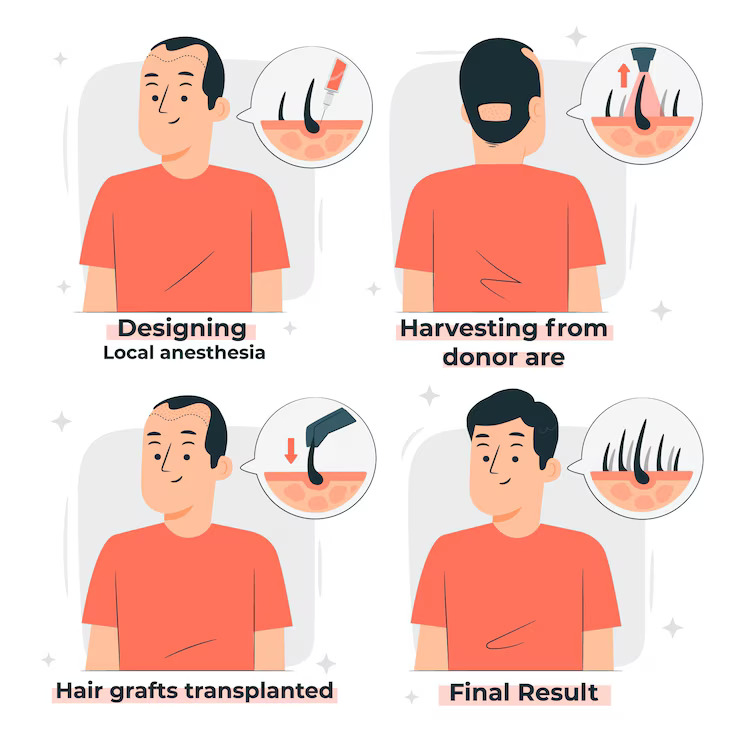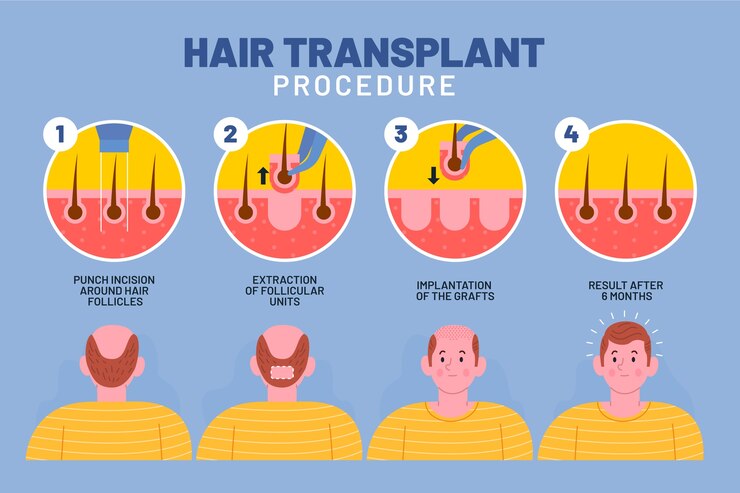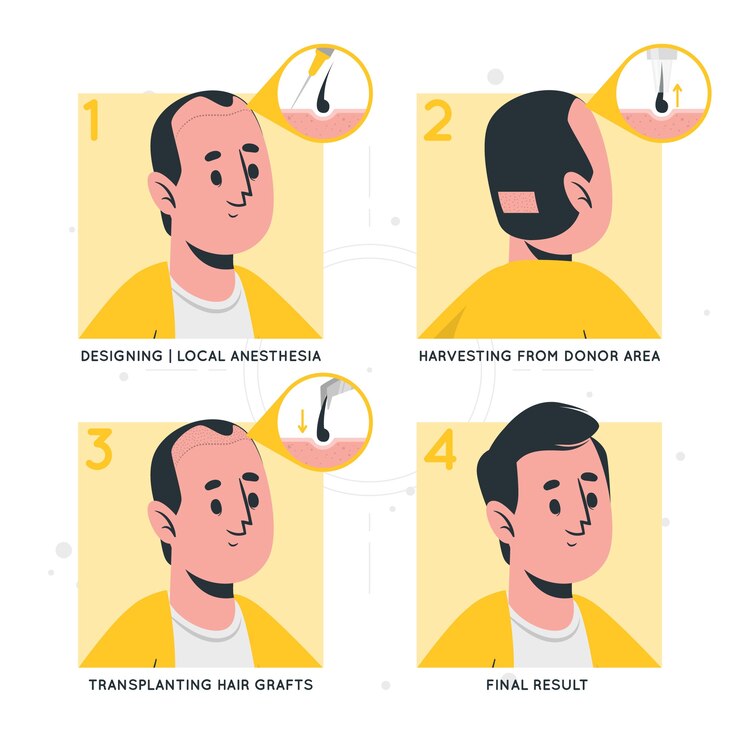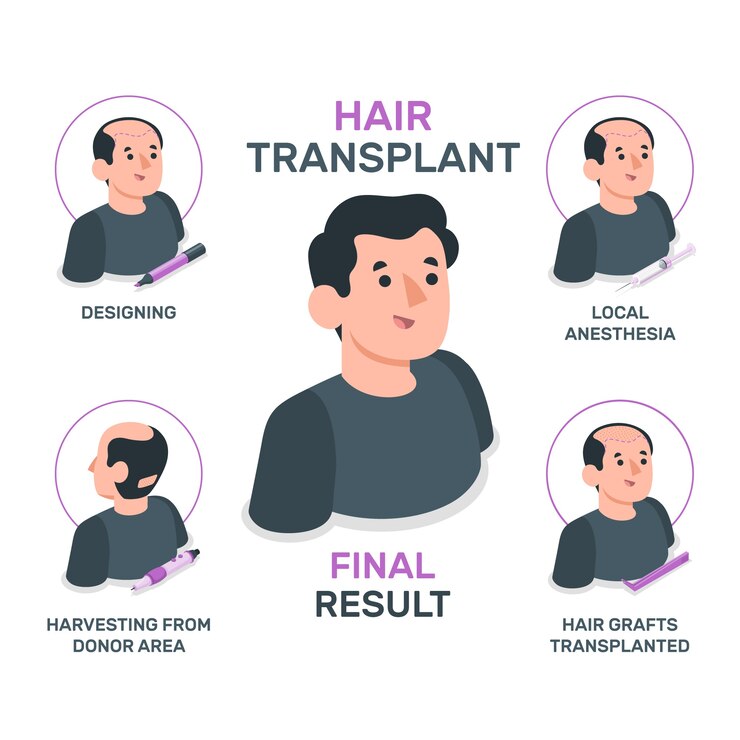What is a Hair Transplant?
Before we dive into success rates, let’s understand what a hair transplant entails. A hair transplant is a surgical procedure that involves moving hair follicles from one part of the body to a bald or balding part. It’s primarily used to treat male pattern baldness. But it can also address hair loss due to injury or surgery. let’s get into Understanding Hair Transplant Success Rates.
Factors Affecting Success Rates:
- Type of Procedure: There are two main types of hair transplant procedures: Follicular Unit Transplantation (FUT) and Follicular Unit Extraction (FUE). FUT involves removing a strip of skin from the donor area, while FUE involves extracting individual follicular units. Success rates can vary between these methods.
- Surgeon’s Skill: The expertise of the surgeon performing the transplant greatly influences its success. A skilled surgeon with experience in hair restoration procedures can yield better results.
- Patient’s Characteristics: Factors such as age, overall health, extent of hair loss, and quality of donor hair can affect the outcome of the transplant.
- Post-Operative Care: Following proper post-operative care instructions is crucial for the success of the transplant. This includes avoiding strenuous activities, protecting the scalp from sun exposure, and taking prescribed medications.

Understanding Success Rates:
The success of a hair transplant in India is typically measured by the survival rate of transplanted hair follicles and the aesthetic outcome. While success rates can vary, studies have shown that modern hair transplant techniques yield high success rates.
Success Rates in Numbers:
- Follicular Unit Transplantation (FUT): FUT generally boasts a high success rate. With survival rates of transplanted follicles ranging from 90% to 95%.
- Follicular Unit Extraction (FUE): FUE also demonstrates high success rates, with survival rates comparable to FUT.
- Overall Satisfaction: In addition to survival rates, patient satisfaction is a crucial factor. Studies have shown that the majority of patients are satisfied with the aesthetic outcomes of their hair transplants.
Conclusion:
Hair transplant procedures, when performed by skilled professionals and followed by proper post-operative care, have high success rates and can provide long-lasting results. If you’re considering a hair transplant, consult with a qualified surgeon to determine the best approach based on your individual needs and expectations.
By understanding the factors that contribute to the success of hair transplants, you can make an informed decision and embark on your journey to restore your hair with confidence. Now you get the Understanding of Hair Transplant Success Rates.





